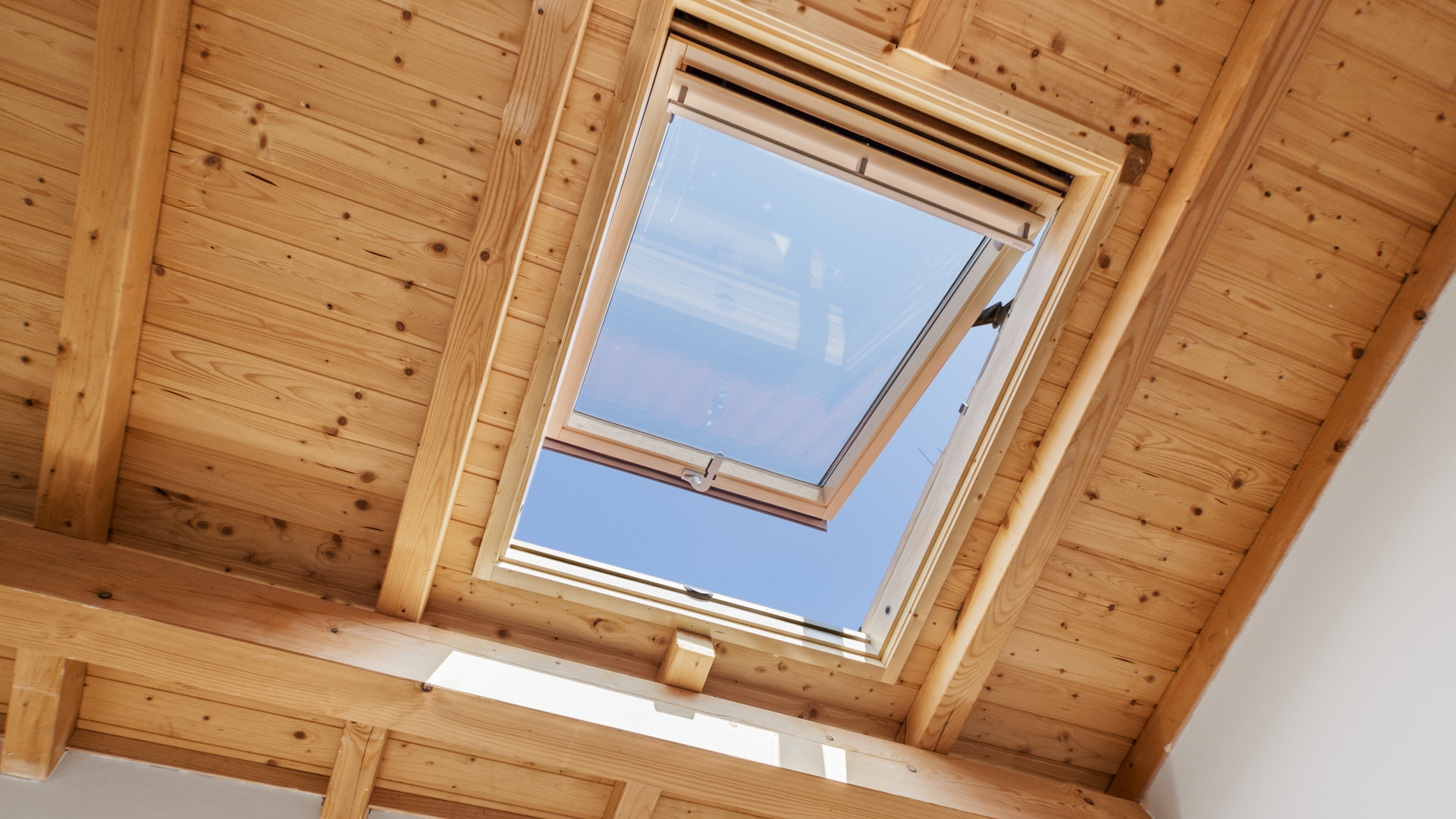In the race towards more sustainable living, home design and construction play a pivotal role. While solar panels and rainwater harvesting systems often grab the limelight, there’s a silent hero in the background: HVAC (Heating, Ventilation, and Air Conditioning). HVAC systems influence not just our comfort, but also our carbon footprints.
How, you ask? Dive into this blog post to discover eco-friendly solutions that align HVAC with sustainable home design.
1. Smart HVAC Systems
Modern homes are increasingly embracing the Internet of Things (IoT) to achieve automation and energy efficiency. In the context of HVAC, smart systems have become the new norm. These devices can learn from user habits, predict weather changes, and adjust operations to optimize energy usage. For instance, during mild weather, a smart HVAC might lower its cooling or heating intensity, saving energy in the process.
A well-reputed name in the HVAC industry, Williams Comfort Air, has advanced systems that integrate seamlessly with smart home setups, providing homeowners with both comfort and peace of mind regarding their environmental footprint.
2. Geothermal Heat Pumps
Harnessing the power of the Earth, geothermal heat pumps offer a renewable source of energy to heat or cool homes. Instead of relying on the external air temperature, these systems leverage the stable underground temperature to either absorb heat from or release heat to the ground. This results in impressive energy savings, lowering costs and greenhouse gas emissions alike.
3. Solar-Powered HVAC Systems
Sunlight is an abundant, renewable resource that’s pivotal to sustainable home design. Solar-powered HVAC systems utilize solar panels to convert sunlight into electricity, which powers the heating and cooling processes. This not only reduces electricity consumption from the grid but also provides homeowners with potential tax incentives and rebates.
4. Ductless Mini-Splits
Traditional HVAC systems rely on ducts to distribute conditioned air throughout the home. However, ducts can lead to significant energy losses.
Ductless mini-splits are a solution to this problem. By eliminating the need for ducts, these systems can be placed in specific zones or rooms, providing targeted heating or cooling. This results in a more efficient and customizable solution.
5. Proper Insulation And Sealing
While not a direct component of the HVAC system, insulation plays a crucial role in supporting its efficiency. Well-insulated homes reduce the workload on HVAC systems, ensuring that conditioned air stays within and external weather conditions don’t adversely impact indoor temperatures.
From insulating walls to sealing windows and doors, a tightly sealed home can significantly enhance the efficiency of an HVAC system.
6. Variable Speed Compressors
The traditional HVAC systems operate on an all-or-nothing principle; they’re either fully on or off. However, variable speed compressors adjust their speed based on the current need, consuming energy only to the extent required. For instance, on a mildly warm day, instead of running at full power, the compressor may run at 50%, conserving energy.
7. Regular Maintenance And Upgrades
A well-maintained HVAC system is more energy-efficient. Regular maintenance, such as cleaning or replacing air filters, ensuring there are no leaks, and checking for optimal functionality, can extend the life of the system and improve its efficiency. Additionally, as technology advances, considering periodic upgrades can help homeowners stay in line with the most sustainable solutions available.
8. Using Sustainable Refrigerants
Refrigerants play an essential role in the cooling process of HVAC systems. However, many traditional refrigerants contribute to ozone layer depletion and global warming. Today, many eco-friendly refrigerants have minimal environmental impact. Transitioning to these sustainable options can significantly reduce a home’s carbon footprint.
Conclusion
In the ever-evolving landscape of sustainable home design, HVAC systems have carved out an indispensable role. They not only dictate our comfort but also the environmental impact of our homes. By integrating the aforementioned eco-friendly solutions, homeowners can achieve the dual objectives of comfort and sustainability.
As we move forward, let’s remember that every choice, no matter how seemingly small, contributes to the larger goal of a greener and more sustainable planet.











